They are also known as modal auxiliaries or modal auxiliary verbs. They are different from normal verbs like eat, drink, visit, laugh, jump, dance, follow, etc. They give additional information about the function of the main verb that comes after it. These are verbs that express different kinds of things. When you use them, they express certainty, ability, willingness, necessity, permission, obligation, and possibility.
Since they behave differently from regular verbs, they are a little confusing. I share Coates's view that it is not felicitous to use the label of 'deontic necessity' to identify a meaning type. While sentences with modals differ in terms of their illocutionary force, the type of speech act in itself does not seem sufficient to posit a separate category of modal meaning. Modal auxiliary verbs are used to show a necessity, capability, willingness, or possibility.
Unlike most verbs, there is only one form of these verbs. Typically, verb forms change to indicate whether the sentence's structure is singular or plural. Most verbs also indicate whether something happened in the past, present, or future. This is not the case with most modal auxiliary verbs, which makes them simpler to understand and use correctly. Modal verbs are so common that most English speakers don't even know what the grammatical name for them is.
what are modal verbs explain with
Note that modal auxiliary verbs are a type of auxiliary verb. Auxiliary verbs encompass tenses, aspects, modality , voice, emphasis and so on. There are many other category of verbs in English like phrasal verbs.
In this ESL skills course you can learn natural English phrases. Learn even more about English grammar in this introduction to grammar course. The modal auxiliary verbs are never used as a main verb.
In addition, they do not have the five forms that main verbs have. While other auxiliary verbs can be used as a main verb and have the five forms, these modal auxiliary verbs do not. In English, main verbs but not modal verbs always require the auxiliary verb do to form negations and questions, and do can be used with main verbs to form emphatic affirmative statements. (Neither negations nor questions in early modern English used to require do.) Since modal verbs are auxiliary verbs as is do, in questions and negations they appear in the word order the same as do. The verbs/expressions dare, ought to, had better, and need not behave like modal auxiliaries to a large extent, although they are not productive in the role to the same extent as those listed here.
Furthermore, there are numerous other verbs that can be viewed as modal verbs insofar as they clearly express modality in the same way that the verbs in this list do, e.g. appear, have to, seem etc. In the strict sense, though, these other verbs do not qualify as modal verbs in English because they do not allow subject-auxiliary inversion, nor do they allow negation with not. If, however, one defines modal verb entirely in terms of meaning contribution, then these other verbs would also be modals and so the list here would have to be greatly expanded. In English, modal verbsare a small class of auxiliary verbs used to express ability, permission, obligation, prohibition, probability, possibility, advice. In many Germanic languages, the modal verbs may be used in more functions than in English. In German, for instance, modals can occur as non-finite verbs, which means they can be subordinate to other verbs in verb catenae; they need not appear as the clause root.
In Swedish, some modal verbs have infinitive forms. This for instance enables catenae containing several modal auxiliaries. The modal verbs are underlined in the following table. Remember that modal verbs are auxiliary verbs, or helping verbs, that are most commonly used to talk about possibility or necessity. You can also use modal verbs to ask for and give permission, describe ability, and give advice.
Have to is often grouped with modal auxiliary verbs for convenience, but in fact it is not a modal verb. Modal auxiliary verbs are easy to use because they never change form or tense. In fact, possibility is just one thing modal auxiliary verbs can show; they can also indicate necessity, capability, or willingness. Modal verbs perform various functions, depending on how they are used within a given text.
They show possibilities, abilities, and predictions. They aid writers in discussing the future with certainty, or discussing the past with uncertainty. They help writers make promises and decisions, as well as give permission or reassurance. Modal verbs also aid other verbs in expressing their meanings.
Grammatically, modal verbs make sentences more complete and meaningful. The modal auxiliary verbs are auxiliary verbs that specifically affect the mood of the verb. Remember that verb mood is about the attitude in which the action or state is expressed-as a statement of fact or opinion, as a wish, as a possibility, or as a command. Since modal auxiliary verbs do not have a past tense form, we can use the modal auxiliary along with the word 'have' and a past participle. Past participles typically end in -d, -ed, -n, or -en, creating the past tense 'wished, looked, taken,' and so forth.
Let's take a look at an example in the present tense. Note that the preterite forms are not necessarily used to refer to past time, and in some cases, they are near-synonyms to the present forms. Note that most of these so-called preterite forms are most often used in the subjunctive mood in the present tense. The auxiliary verbs may and let are also used often in the subjunctive mood.
Famous examples of these are "May The Force be with you." and "Let God bless you with good." These are both sentences that express some uncertainty; hence they are subjunctive sentences. The English modal verbs are a subset of the English auxiliary verbs used mostly to express modality (properties such as possibility, obligation, etc.). They can be distinguished from other verbs by their defectiveness and by their neutralization (that they do not take the ending -s in the third-person singular). Write down all the sentences with modal auxiliary verbs. Indicate what type of modal auxiliary verb is used in each sentence.
Prepared list of sentences using a wide range of modal auxiliary verbs . Hawaiian Pidgin is a creole language most of whose vocabulary, but not grammar, is drawn from English. As is generally the case with creole languages, it is an isolating language and modality is typically indicated by the use of invariant pre-verbal auxiliaries. The invariance of the modal auxiliaries to person, number, and tense makes them analogous to modal auxiliaries in English. However, as in most creoles the main verbs are also invariant; the auxiliaries are distinguished by their use in combination with a main verb.
The negated forms are will not (often contracted to won't) and would not (often contracted to wouldn't). For contracted forms of will and would themselves, see § Contractions and reduced pronunciation above. All of these modal verbs must come before a verb to help express at least one of the modality examples listed above.
In some cases, though they can be used to express more than one modality, but you'll see more on that in the following section. So, let's take a look at some example sentences and highlight how the modal verb is expressing modality and adding more information to the verbs that follow them. Modal verbs are auxiliary verbs, also known as helping verbs. They work with other verbs to show various conditions, such as possibility or necessity. Modal verbs do not change form based on the verb tense of the sentence; they do not have conjugated forms.
As if English wasn't hard enough to learn, modal verbs complicate things even further. There are a lot of irregularities in the English language that can be confusing to students learning it as a second to their native tongue. English and other Germanic languages, however, utilize modal verbs to help express a function and are vital to gaining command of the English language. Modals can be defined as a subset of the English auxiliary verbs and are used to show modality like obligation, and possibility, etc. They don't have an infinitive form or participle which can be used to differentiate them from other verbs along with their neutralization.
This activity will get students up and moving while they practice what they have learned about modal auxiliary verbs. Modal adverbs are adverbs of emphasis that sometimes accompany modal verb forms. In this lesson, we'll talk about what these adverbs do and how they work in expressing meaning in language.
-,gamōtmaymögen, magmogen, magmögen, magmeie, meimagmå(må)mega, mámagum, magwissen, weißweten, weet? Witte, witweetvedvetvita, veitwitum, wait(tharf)dürfen, darfdurven, durfdörven, dörvdoarre, doardurf? Þaúrbum, þarfThe English could is the preterite form of can; should is the preterite of shall; might is the preterite of may; and must was originally the preterite form of mote. (This is ignoring the use of "may" as a vestige of the subjunctive mood in English.) These verbs have acquired an independent, present tense meaning.
The German verb möchten is sometimes taught as a vocabulary word and included in the list of modal verbs, but it is actually the past subjunctive form of mögen. A greater variety of double modals appears in some regional dialects. In English, for example, phrases such as would dare to, may be able to or should have to are sometimes used in conversation and are grammatically correct.
The double modal may sometimes be in the future tense, as in "I will ought to go," where will is the main verb and ought to is also an auxiliary but an infinitive. Another example is We must be able to work with must being the main auxiliary and be able to as the infinitive. Other examples include You may not dare to run or I would need to have help. Ought is used with meanings similar to those of should expressing expectation or requirement. The principal grammatical difference is that ought is used with the to-infinitive rather than the bare infinitive, hence we should go is equivalent to we ought to go.
Because of this difference of syntax, ought is sometimes excluded from the class of modal verbs, or is classed as a semi-modal. A modal verb is an auxiliary verb that expresses necessity or possibility. An auxiliary verb, also called a helping verb, "helps" other verbs show moods and tenses.
Auxiliary verbs include forms of do, be, and have. I will first present some of the strategies used to define this category of meaning and I will then evaluate the parameters on which the definitions are based. The overview shows that, as in the case of Palmer's taxonomy, the category of dynamic modality is broader than just subject oriented modality. Dynamic modality basically covers the range of meanings that are clearly not epistemic and not deontic, the defining strategy being that of definition by enumeration5. Willandshallare somewhat marginal modal verbs, used primarily for future actions and states, but even they show epistemic and deontic uses. The first sentence below reports a belief while the second sentence asserts an obligation.
The modal 'can' is a commonly used modal verb in English. It is used to express; ability, opportunity, a request, to grant permission, to show possibility or impossibility. It is this large amount of functions and the fact that 'can' is replaced by other modals when it is used to express future or past time that often lead to certain errors. Modal verbs indicate possibility, obligation or ability. Find out how your child will be taught about modal verbs in grammar lessons in KS2 and the kinds of activities they might be asked to complete in the primary-school classroom.
As you read, underline all modal adverbs and circle all modal verbs. Above each modal verb indicate what ''type'' of modal verb it is (i.e. possibility, obligation, advice, permission, or ability). In formal standard English usage, more than one modal verb is not used consecutively, as modals are followed by a base verb, which they themselves lack. They can be combined only with non-modal constructions that have a modal function, such as have to, which in spite of its function is not a modal verb.
Thus, might have to is acceptable, but might must is not, even though must and have to can normally be used interchangeably. However the main auxiliary , does not have to be in the infinitive. To put double modals in past tense, only the first modal is changed as in I could ought to. Double modals are also referred to as multiple modals.
The verbs dare and need can be used both as modals and as ordinary conjugated (non-modal) verbs. As non-modal verbs they can take a to-infinitive as their complement (I dared to answer her; He needs to clean that), although dare may also take a bare infinitive (He didn't dare go). In their uses as modals they govern a bare infinitive, and are usually restricted to questions and negative sentences. In English grammar, a modal is a verb that combines with another verb to indicate mood or tense.
A modal, also known as a modal auxiliary or modal verb, expresses necessity, uncertainty, possibility, or permission. Read the following examples and explanations carefully. When used with other verbs in the sentence, they can make your meaning as clear as you want it to be. Test your knowledge of modal verbs with an examination of may vs. might. You can also make sure you're using can vs. could correctly in your writing and everyday speech.
You can also use modal verbs of necessity in imperative sentences. Must and should are commonly found when a speaker gives advice or makes commands. Rather, a variety of factors, among which source of the modality, strength of the modality and illocutionary force, seem to be involved.
Coates' observations about performativity may shed further light on the issue. Look at the way these sentences indicate a possibility, necessity, capability, or willingness. The modal auxiliary verb is bold in these sentences. Modal adverbs are used to modify specific verbs that consist of a linking verb and sometimes another verb. Examples of modal verbs include can, could, may, might, must, shall, should, will and would. Adverbs that modify these verbs say something about possibility, obligation, and emphasis.













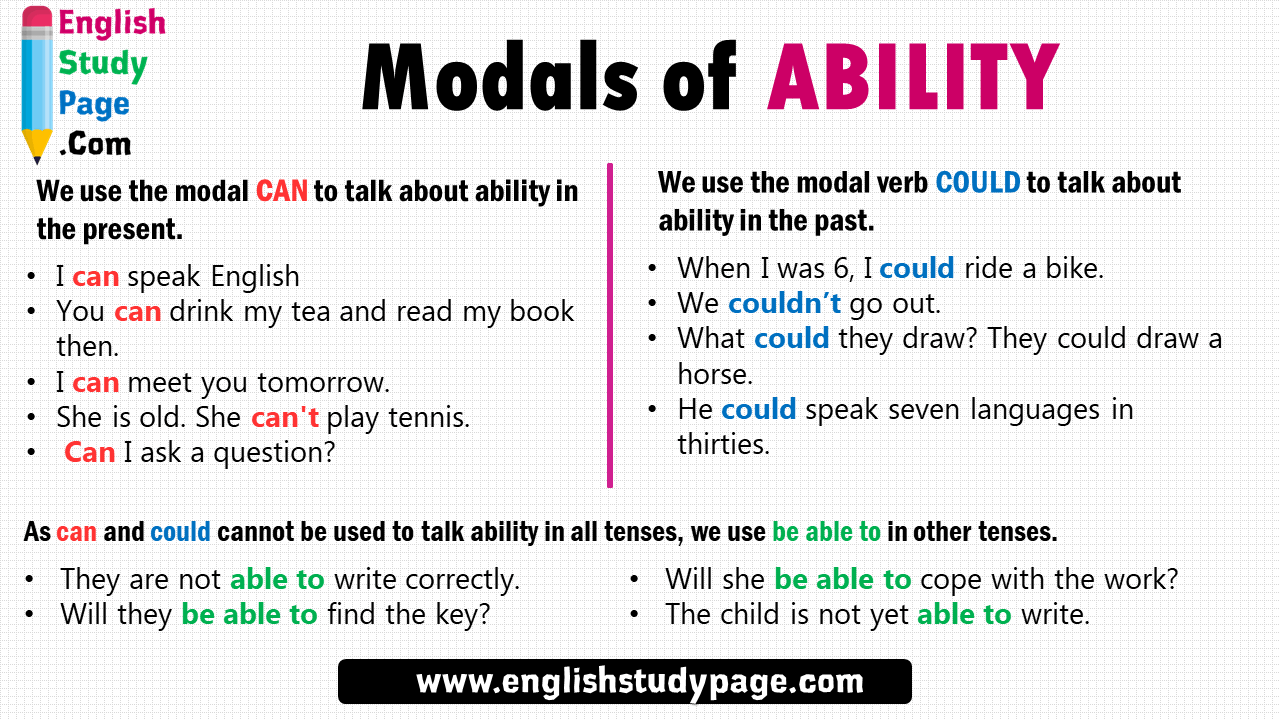


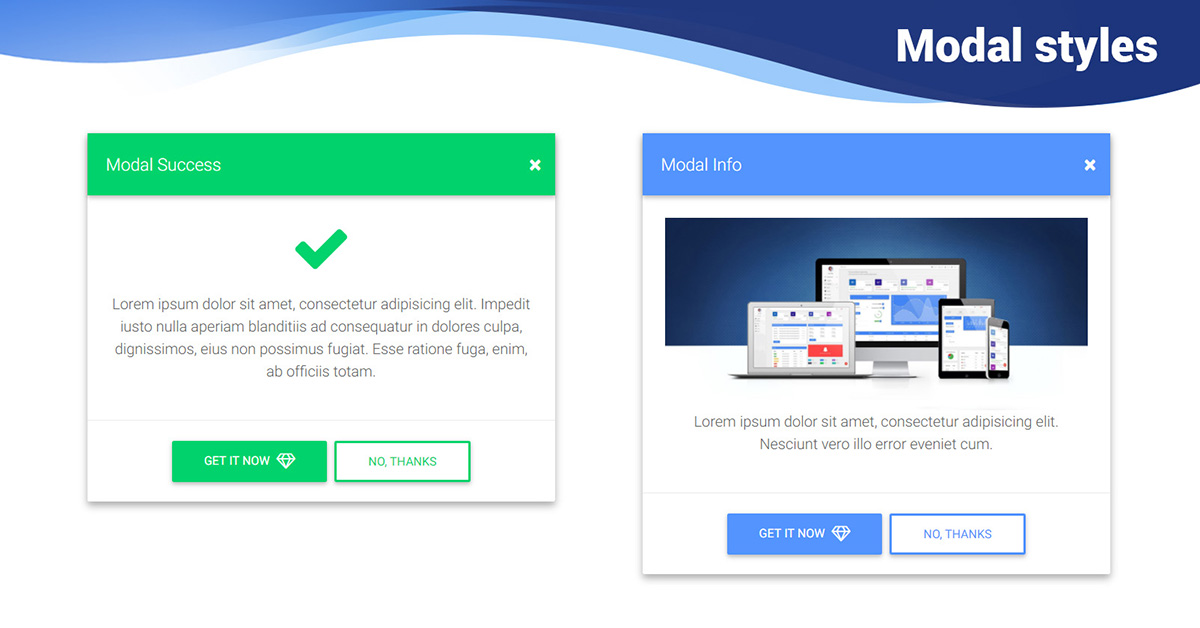

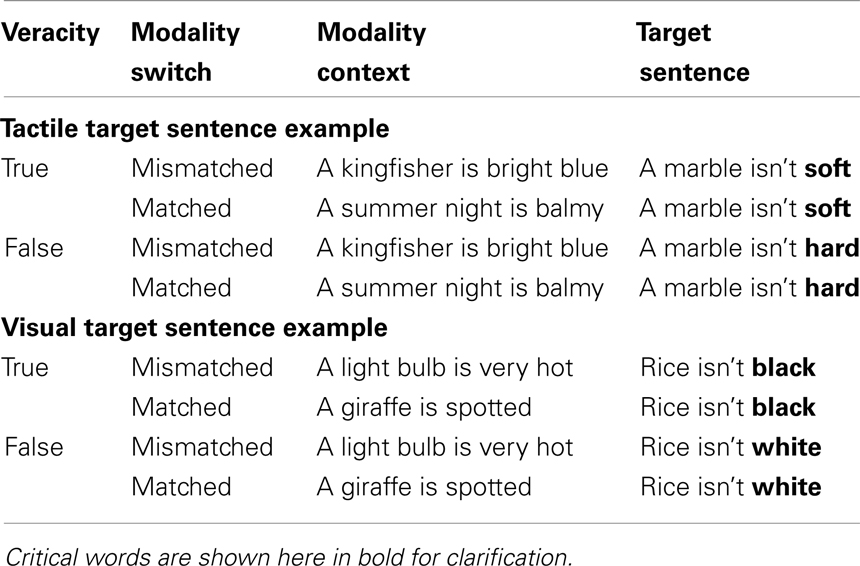

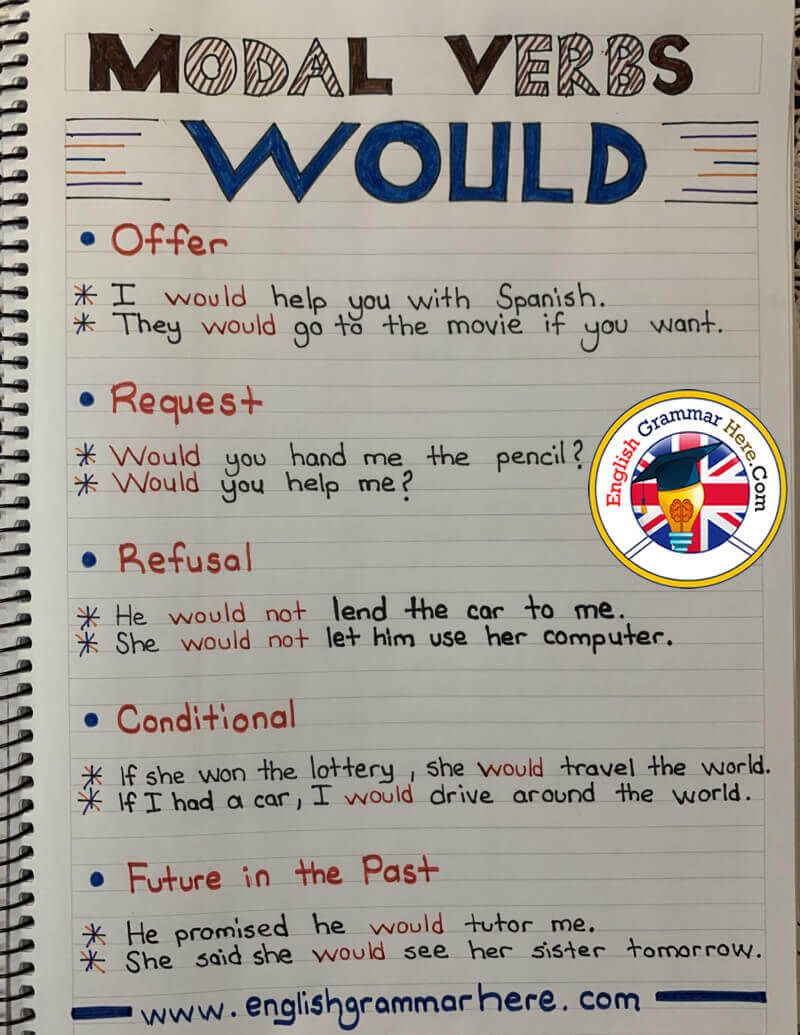




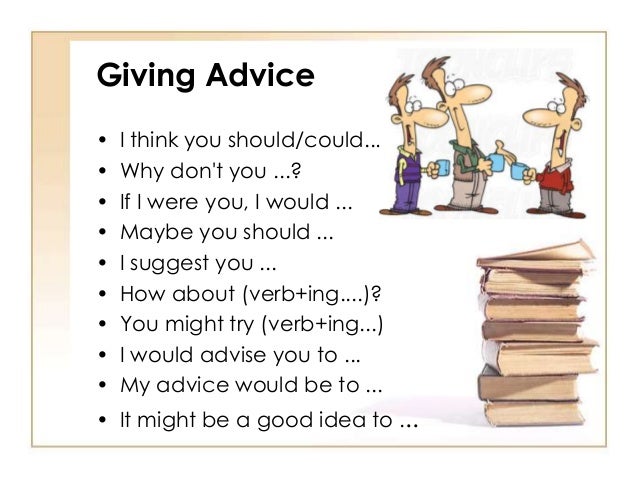
No comments:
Post a Comment
Note: Only a member of this blog may post a comment.